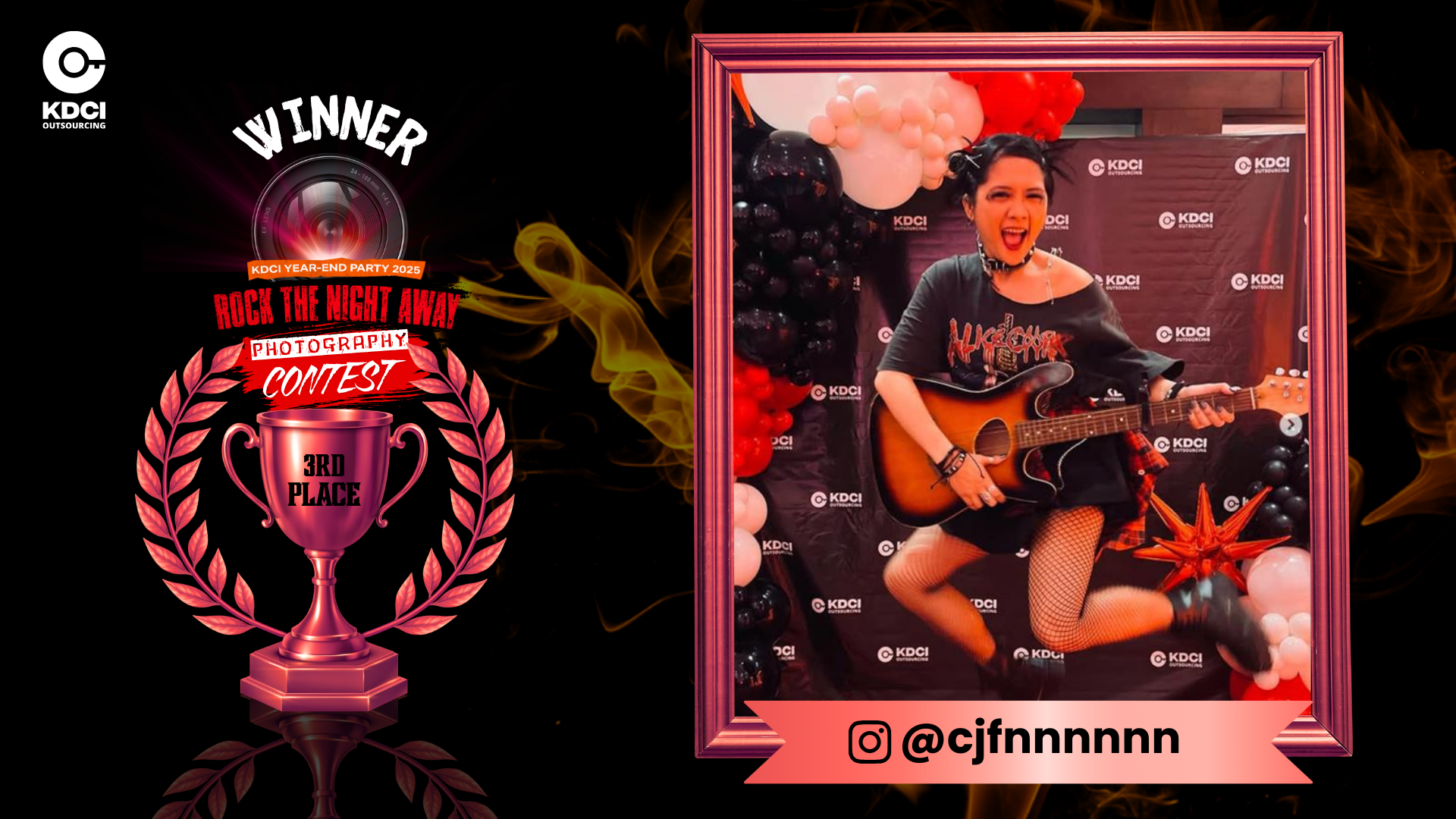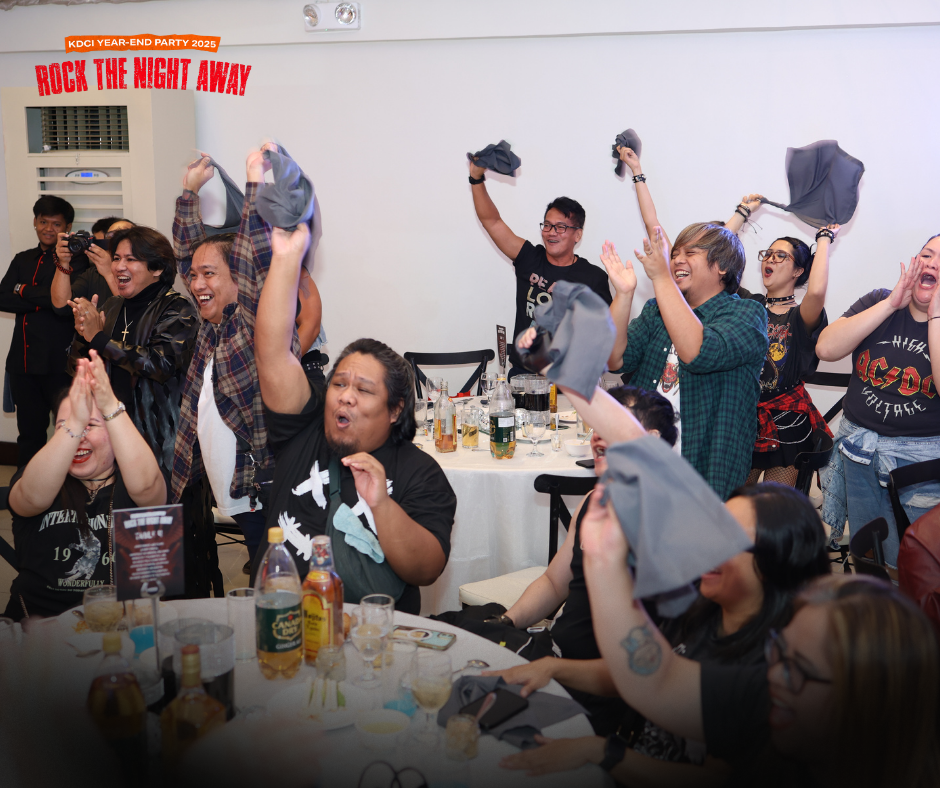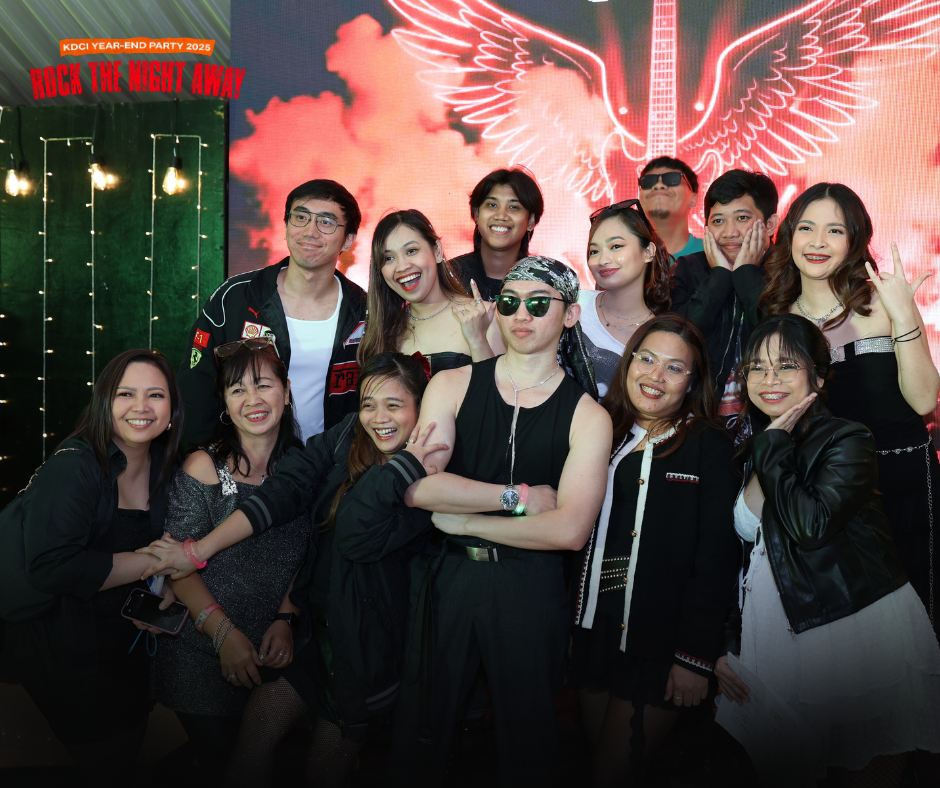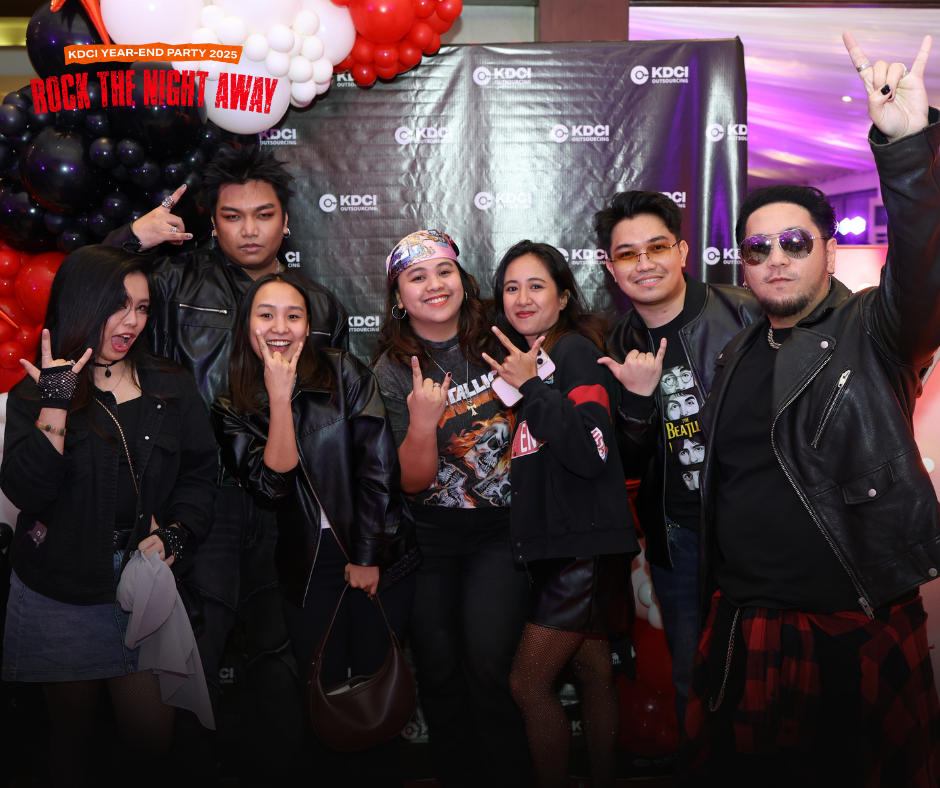


.png)

.png)
.png)
.png)








.webp)
.webp)
.webp)


Selecting the ideal product photo background is critical for enhancing product appeal and reinforcing brand messaging. This guide spotlights seven effective backgrounds that cater to assorted photography styles and needs in 2025. Navigate through options like seamless paper, vinyl, natural settings, and digital backdrops, and empower your product imagery with choices that speak directly to your target audience.

Selecting the right background isn’t merely a matter of aesthetics. It plays a paramount role in product photography as it can significantly influence customer perception and ultimately drive sales. From seamless paper to vinyl backdrops, natural elements to digital backgrounds, the choices are diverse, each serving different purposes in product photography, from creating uniform e-commerce listings to enhancing creative ads and branding.
To make an informed choice, we will dissect the intricacies of color, textures, and patterns, and the contrast between solid and gradient backgrounds, using relevant data in our next discussion on styles.
Color wields immense power in product photography. Each hue carries psychological impacts that affect consumer emotions and behaviors. For instance, red is often associated with excitement, while blue instills a sense of trust. Leveraging color theory can enhance a product’s attributes, creating visuals that are either harmonious or dynamic, depending on the use of analogous, complementary, or triadic color schemes.
The choice of background color is critical, as it can either enhance or distract from the product features, thereby influencing customer perception and sales. Thus, choosing colors that prevent the transmission of unintended messages or emotions is of paramount importance. Colors can be strategically utilized as backgrounds to serve as either a vibrant contrast or a complementary backdrop that ties in with the product or brand’s color palette.

While colors play a pivotal role in product photography, textures and patterns are equally significant. Using textures can emphasize product details and create a tactile sensation that enhances visual storytelling. Textured backgrounds evoke emotions and feelings - soft textures might convey warmth, while rough surfaces could suggest ruggedness.
Different textures can convey various atmospheres or moods, like cozy knit patterns or sleek metallic surfaces. Natural light can create gentle gradients on textures, while diffused artificial light can highlight the details of a textured background. Moreover, patterns and shapes can add playfulness and character to photos while maintaining focus on the product.
The choice between solid and gradient backgrounds often depends on the specific requirements of your photography. A gradient background features a color transition, potentially creating a dynamic or elegant visual effect. These backgrounds can be obtained from backdrop suppliers or crafted in post-production to match specific aesthetic requirements.
On the other hand, a simple gradient background effect can be achieved in-camera by using studio lights to create a subtle halo around the product.

Seamless paper is a favorite among professional photographers, lending itself to various genres, including:
Its wide adoption is due to its versatility, as using studio lighting with seamless paper allows for consistent results and accommodates any photoshoot schedule, independent of natural lighting conditions.
Moving ahead, our discussion will cover how to set up your paper backdrop and preserve its immaculate surface.
Setting up a seamless paper backdrop requires:
Choosing the appropriate size of the seamless paper roll for your photography needs, catering to tabletop setups or full-scale commercial studios, is also essential.
Most importantly, ensure the backdrop transitions gently onto the shooting surface to form an infinity curve or sweep, which eliminates visible angles in the background.
Once your backdrop is set up, maintaining a pristine paper surface is crucial for achieving professional-quality photos. Store your paper backdrops upright, in protective polyurethane holders or 4-inch PVC pipes with end caps, to shield them from dust and moisture. Avoid laying paper rolls horizontally for prolonged periods to prevent warping and wrinkles caused by gravity.
If you need to transport seamless paper, especially to on-location shoots, utilize the original shipping tube or a sturdy PVC drain pipe with end caps for safe transportation. Paper backgrounds should be placed on smooth, flat surfaces rather than carpet or rough textures to ensure even support and reduce the risk of damage.
Care for your backdrops by keeping them dry and away from direct sunlight to maximize their useful life. Lastly, when wrinkles or stains appear, trim the affected edges with a sharp pair of scissors to maintain a pristine surface for photography.
Vinyl backdrops offer a distinct advantage in product photography due to their high durability, waterproof nature, and the availability of over 100 colors and textures, providing long-lasting options for photographers. They can be tailored to fit existing props and stands, offering flexibility for various photography setups.
Our forthcoming discussions will focus on the use of vinyl for splash shots and the realistic textures vinyl can impart to your products.
The waterproof nature of vinyl backdrops opens the door for some exciting photographic opportunities. They are ideal for shoots involving liquids, be it messy food photography or shoots where spills can occur. The smooth surface of vinyl ensures water droplets remain concise, aiding in the creation of sharp splash photography effects.
This attribute is crucial for photographers specializing in dynamic splash scenes.

Beyond being waterproof, vinyl backdrops can replicate realistic textures like marble, concrete, and wood through high-resolution prints, which add to the visual appeal and authenticity in product photography. These realistic textures produce a more professional and true-to-life setting, making products appear more attractive and authentic to potential consumers.

Incorporating natural elements in product photography can create authentic environments that resonate with customers. From wood, dirt, to leaves, natural elements can be employed as backdrops to convey authenticity.
The forthcoming segments will elaborate on selecting the appropriate natural background for your business brand and techniques for photographing food with natural backdrops.
When it comes to natural backgrounds, the right choice can evoke specific emotions or themes relevant to the brand, such as freshness, organic quality, or luxury. Wood backgrounds, for instance, can create a rustic and warm environment for products, while materials like dirt, sand, or stone can add a nature-inspired look to the image.
Natural light can also be used to achieve a bright and airy aesthetic, which may be suitable for lifestyle-type images that tell a story with the product.
Food photography with natural backdrops calls for particular attention to detail. Positioning food in relation to the natural light source is crucial to create the desired mood and highlight textures in culinary shots. Softening light with diffusers when using natural lighting can prevent overexposure and maintain the authenticity of food photographs.
Experimenting with angles and perspectives is key to finding the best natural lighting, which significantly enhances the visual appeal of food. Seasonal elements such as autumn leaves or fresh spring flowers can be used in food photography to create timely and contextually relevant settings. Incorporating elements like leaves or flowers in the backdrop of food photos invokes freshness and can reinforce the natural aspect of culinary products.
Lastly, utilizing depth of field to blur the background draws focus to the food, giving the photographs a professional look while using natural settings.
Digital backgrounds are revolutionizing product photography. They provide photographers with unlimited creative options, enabling the insertion of subjects into any scene during post-production. Adopting digital backdrops can lead to significant savings in time and resources by reducing the need for complex physical set-ups.
Our next discussions will revolve around editing techniques for seamless digital integration and situations where digital backgrounds hold preference over physical ones.
Once you’ve chosen a digital backdrop that complements the photograph’s subject, theme, and mood, the process of integration begins. Position the digital backdrop behind the subject using the software’s layering capabilities, placing the backdrop on a separate layer. Use masking and blending tools to refine the edges of the backdrop to create a natural-looking composite with the subject.
Adjust the lighting and shadows to match the subject’s conditions and apply color correction for a cohesive composite image. Enhance product photos with post-production techniques to:
For added realism in the composite, apply subtle texture overlays to the digital backdrop to match the subject’s environment.
Lastly, save the completed composite in a high-quality format such as TIFF or JPEG to retain detail and resolution.
There are instances when digital backgrounds are more beneficial than physical ones. The use of digital backgrounds and templates can save photographers time, enabling them to serve more clients and move on to other profit-making opportunities. Digital backgrounds can generate more profits by allowing photographers to offer unique enhancements that competitors may not provide, with a variety of digital background packages offering clients more choices. They meet the demands of clients who desire specific backgrounds to match their personality or lifestyle, which may not be available during the actual shoot.
Additionally, digital backgrounds can transform mediocre photo compositions into artistic expressions that clients are eager to share and purchase, and are ideal for creating theme-specific photo books and albums.
While the backdrop forms the foundation of a good product photograph, the right accessories can take your images to the next level. Reflectors, lights, and props can significantly enhance your product photo backdrops, adding depth and dimension to your photos.
Next, we will discuss how these jewelry accessories can be utilized to control shadows, highlights, and weave a story around your product.
In the realm of product photography, lighting plays a crucial role. Combining natural light from windows with white foam boards as reflectors can enhance product lighting economically. Reflectors are essential in outdoor photography for brightening photos and avoiding overexposed areas, creating more natural-looking product images.
Using reflectors can fill in shadows on the product, which brings out details and avoids harsh contrasts in the final image. Consistent lighting and accurate white balance adjustment are necessary for preserving color correctness in product photographs. DIY diffusers created from materials like white bed sheets or shower curtains help soften direct light, enhancing product photography results.
When shooting product photos in the shade, this can prevent harsh shadows and overexposed spots, resulting in an even and flattering light.
Beyond lighting, props and scenes play an integral role in product photography. Using props and scenes strategically can help potential customers visualize the product within their lifestyle, potentially increasing sales through effective advertising. Props should be carefully chosen to align with the brand’s image and the message it wishes to convey to its audience, ensuring a consistent brand representation.
The selection of props needs to be thoughtful in terms of color, height, and shape to logically fit with the product and maintain aesthetic coherence. The scale of the props in product photographs is crucial; they should be large enough to be noticeable but not so large as to overshadow the product itself. Props must enhance the product’s presentation without becoming the main focus of the image, ensuring the product remains central to the viewer’s attention.
For budget-conscious photographers, there are plenty of DIY backdrop solutions that can give professional results without breaking the bank. Common items such as:
This method can be used to create cost-effective photography backdrops, taking into account the budget constraints while browsing for affordable service options.
The following discussion will guide you on how to create your own backdrops with commonplace items and establish a home studio within a constrained budget.
Creating your own backdrops with common household items is an economical and creative solution. Here are some ideas:
Repurpose everyday household items like corrugated metal, wooden planks, tile decals, and bookshelves to build distinctive and versatile backdrops. You can also craft colorful and playful backdrops with paper cutouts, create a personal mural, or use shimmering tinsel for dynamic effects.
Building a home studio might seem like a daunting task, but it doesn’t have to be. Materials for DIY backdrops should be selected for their strength, ease of attachment, and resistance to dust or dirt while being cost-effective. Base boards like cheap wooden plywood or fibreboard (MDF) from hardware stores are recommended for backdrops due to their lightweight and ease of storage.
A collapsible clothes rack can serve as an affordable alternative to a professional backdrop stand when draped with fabric or paper. Having multiple color options of affordable background materials like fabric or paper increases the versatility of the home studio. Common household items such as furniture, mirrors, and appliances can be repurposed creatively for use as backdrops in product photography.
Finally, designate a specific area or corner in the home that can be adapted quickly for photo shoots to ensure a consistent setup and efficient space use.
The backdrop of a product photograph is not just a background, it’s a powerful tool that can transform your product images, enhance the overall composition, and ultimately, drive sales.
Whether you opt for seamless paper, vinyl, natural elements, or digital backdrops, each comes with unique benefits and offers a myriad of creative possibilities. The right choice of color, texture, and accessories can add depth to your images, and help tell a compelling story with your product.
Remember, the key is in understanding your product, knowing your audience, and choosing a backdrop that complements both. With the right backdrop, a simple product photograph can become a captivating image that grabs customer attention and boosts sales.
Producing eye-catching images that highlight your products capture your audience's attention requires more than just understanding color theory and being an expert in your product. It requires design expertise and branding knowledge, not to mention, time and effort.
If you have large scale product photos that need product photo backgrounds, outsource such design work to KDCI, where we'll provide not only skilled product photo editors, but designers who can easily integrate into your team and provide you creative solutions for your brand.
Learn more about outsourcing your graphic design team in the Philippines!